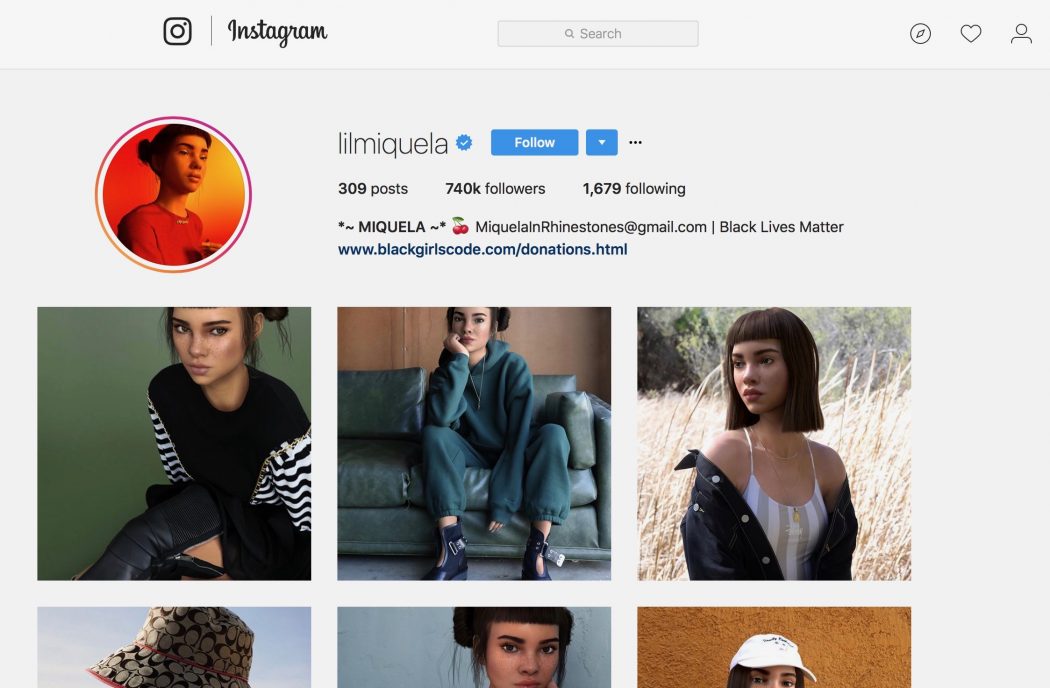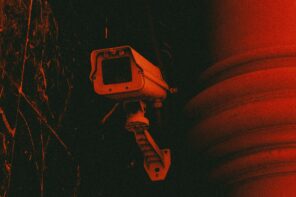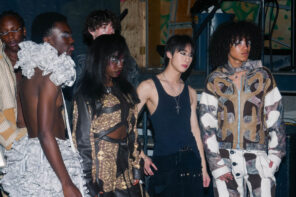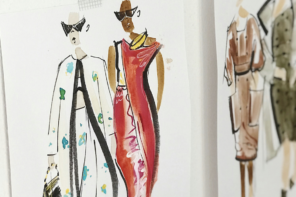We live in a world in which authenticity is scarce. Practically everything around us has been altered – there are chemicals in our food, politicians openly voice false information, and social media has changed everything from the very fabric of society to our perceptions of reality. One example of this is Miquela Sousa (@lilmiquela): a 19-year old, Brazilian-American, Los Angeles-based, computer-generated Instagram model, influencer, activist, and R&B artist. “She” is a complete hologram, yet appears as realistic as any other social media influencer. With close to 700,000 followers, she uses her platform to spread awareness of pervasive societal issues – including transgender, racial, and gay rights; gun control; and the protection of immigrants.
When I first came across her account on the popular site, I spent half an hour simply zooming into her distinct features; perfect creases on her fingers, freckled-cheeks, and mysteriously green eyes. She isn’t real, but her sim-like physical structure, humane poses, and freakishly realistic smile make her look human. Plus, she constructs her platform like any other celebrity; referring to herself in first person, posting relatable memes, complaining about installing Wi-Fi into her new LA apartment, uploading Facetime screenshots, photo booth prints, and appearing in photographs between real people- including boyfriend Noah Gersh, Gucci models, Diplo, and Sydney Carlson. It’s easy to confuse her as a real human being, especially when her social media highlights intimate, personal experiences.
Why is she a hologram instead of a real human being?
Upon discovering her, I asked the simple question, “Why is she a hologram instead of a real human being?” Surely, the person behind the account (who remains anonymous) could have uploaded similar pictures with captions relevant to their own personal life, although maybe not with the same viral results that an avatar “it girl” brings. The intentions of the creator could be speculated on endlessly: she could be leading her creator’s ideal life, it could be the creator hiding behind a personality and attempting to step aside from their own personal challenges, an art project, or simply a marketing stunt.
In our society, everything is an advertisement. Fundamentally, Miquela is not different from Adwoa Aboah, Hari Nef, Cara Delevingne, or any other social media influencer – she has a distinctive personality emitted through a personal media blog, speaks to her followers like close friends, and posts enough, regular content to stay relevant in people’s minds (and feeds). If it weren’t for her sim-body, the public would label her as anyone else. It seems that people still think of authenticity as a dichotomy, real or fake, when in our social media lives it’s actually a spectrum. Everything on these sites has been constructed and edited, and no one shows their true, entire selves, so where should the line be? Does her artificially even matter in this day and age?
Miquela sparks major curiosity in the worlds of big-name brands, media platforms, and Instagram users. Although I must admit to initially being repelled by her fabricated nature, I later noticed an authenticity presented in her social media. Previously, most celebrities weren’t able to control their image formed by popular media and tabloid reporting, and many kept their private lives sealed. With the rise of social media, celebrities are able to publish their own, personal content, and have gained back control of their public image, as well as relations with their fan base. By speaking truthfully, from a personal standpoint, engaging with her audience, and using her quickly-growing platform to voice vital, societal issues of protest, Miquela mimics tactics celebrities have used to appear more available and relatable to their fans.
Fundamentally, Miquela is not different from any other social media influencer
In terms of her heavily auto tuned and rapidly expanding music career (her hit “Not Mine” went viral on Spotify in August 2017), embarking on a tour and performing live would settle her place in the music industry. Although this would be a challenge, it is not as if virtual celebrities didn’t exist in a hologrammed body on stage before. Damon Albarn and Jamie Hewlett, founders of the alternative rock band, Gorillaz, have been around since the late 1990s. The animated personas of the band quickly rose to fame, toured live in screen-form, and won a Brit Award this year for best band. Similarly, Japanese virtual star Hatsune Miku, who performs as a hologram, has collaborated with Pharrell and Lady Gaga, and received tour costumes designed by Marc Jacobs and Riccardo Tisci of Givenchy.
Along with Miquela’s Instagram fame came her rise in the fashion industry. She has already worked alongside big-name brands, including Supreme, Vetements, Chanel, Proenza Schouler, and Prada, and collaborative projects coming soon with Moschino, Burberry, and Versace. While it may already be a challenge to match her avatar with a brand’s creative direction in terms of modelling poses, facial expressions, or simply the desired colour or light schemes, her presence within fashion can only create further chaos once holograms enter the runway. This would require radical technical advancements, that perhaps fashion isn’t ready for just yet.
Sims can be changed easily and quickly to reflect current and changing beauty standards
But technology seems to move faster than we’re ready. Avatars are powerful enough to revolutionize the industry. Virtual models provide a promising, eco-friendly alternative to sewing thousands of samples for a usually, small numbers of sales. Sims can be changed easily and quickly to reflect current and changing beauty standards. Miquela Sousa doesn’t have long, shiny blonde hair or a stick-thin, hourglass figure. Instead, she is present-day pop-cultures perception of attractiveness – often unseen on the runway; voluminous lips, a toned booty, unique facial features, and thick eyebrows. In fact, Miquela recently told Business of Fashion that some of the world’s major modelling agencies have already reached out to her. On the runway, avatars’ appearances could be easily shifted to meet specific requirements of designers, which would minimize the pressures on real-life models – and minimize the need for them, as well.
While she receives plenty of comments about her appearance, most just comment on her place in social media – which I find to be a significantly more interesting discussion. Every thing Miquela Sousa does is deliberate, every choice behind her persona is a reflection of what her creator believes will be popular, go viral, or bring in the most likes. This is no different, of course, from any other Instagram account – except for the fact that real people are constrained in what they can fabricate with their posts. As a hologram, Miquela can look like anyone, be anywhere, and do anything she wants. What is most fascinating about her, whether the creator intended her to be a social experiment, a contemporary art piece, or the life they never lived, is what she tells us about ourselves.








